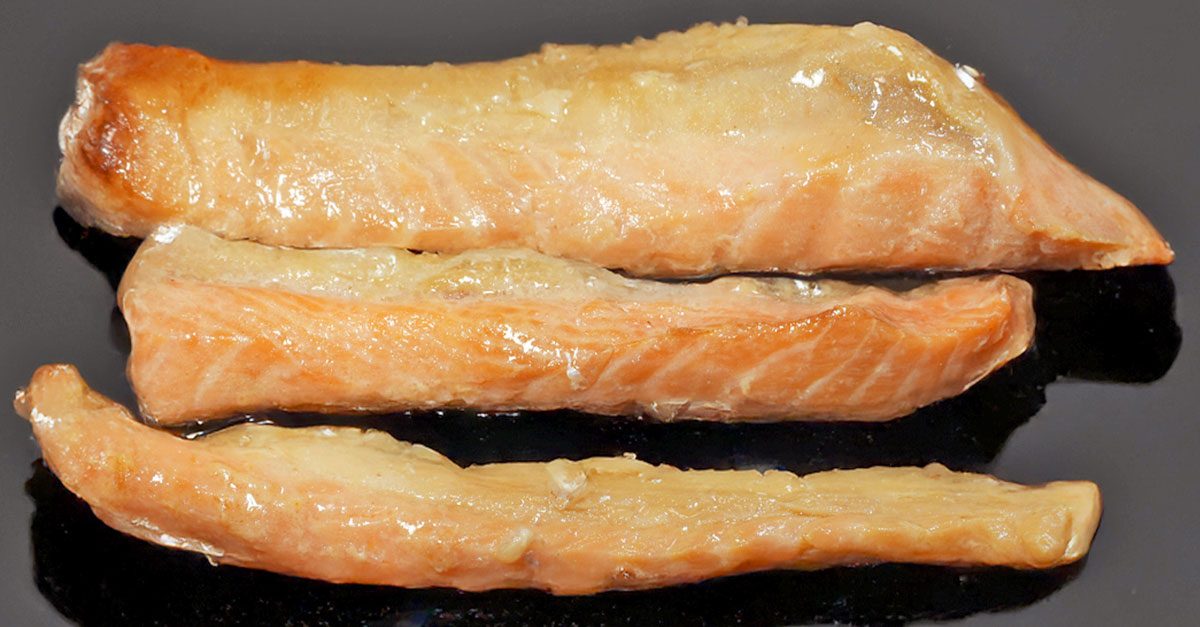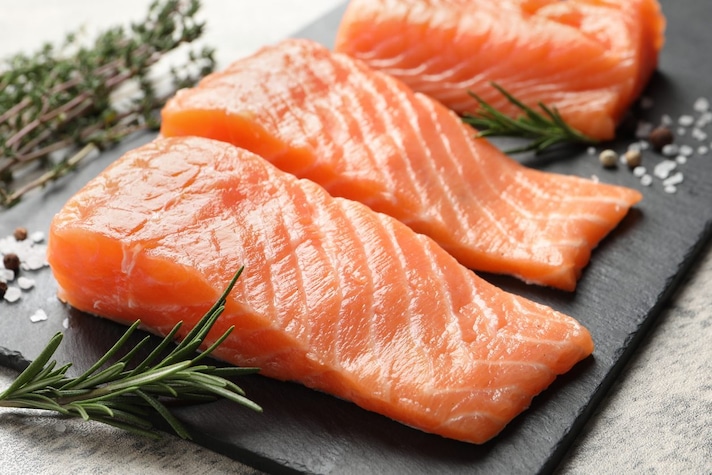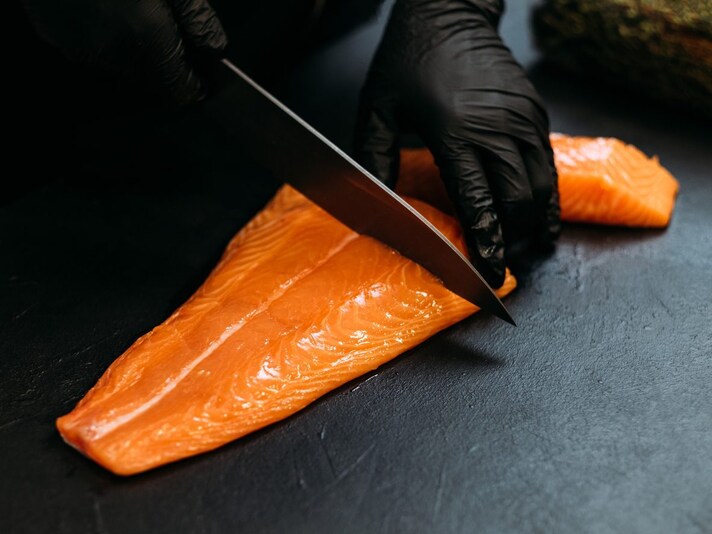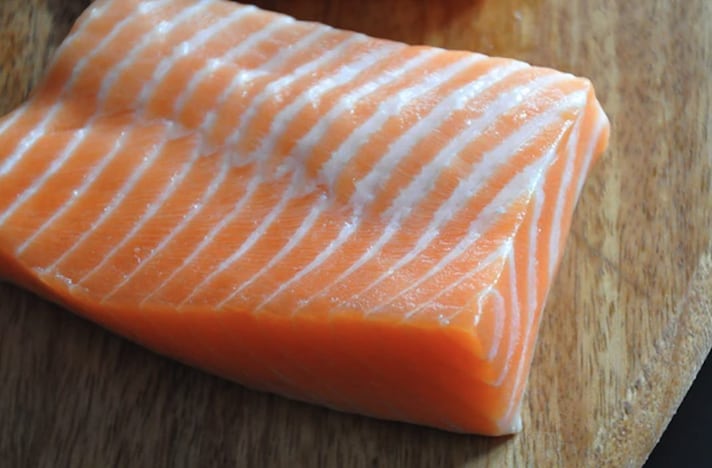What Are The Main Cuts of Salmon? A Comprehensive Guide With Everything You Need to Know
Fresh and smoked, caught or farmed: these are the most common characteristics that we take into consideration when choosing salmon. Less known are the cuts: so let's discover flanks, slices, fillets & co.
;Resize,width=742;)
Salmon is one of the fish that cannot be missing on our tables, the undisputed star of classic appetizers such as canapés, mousses or rolls that can all be customized. Furthermore, it always makes a good impression even in main dishes, including crepes and lasagna, given that it can be cooked in many tasty ways both in a pan and in the oven. A passepartout ingredient, in short, that proves to be an excellent ally for any menu.
Good and easy to use, you have to be careful when choosing salmon as its consumption – due to the wide demand – is now considered unsustainable. Look carefully at the label before buying it and, while you're at it, also pay attention to the cut you are buying. Because if for meat – chicken, beef, pork etc – we are used to hearing about anatomy, for salmon a little less. Let's see below how to orient ourselves, between flanks, slices and fillets.
Steak or Fillet? Salmon Cuts
To better understand the anatomy of salmon, let's start with the flank, or the part from which practically all cuts are obtained. It generally indicates half of the filleted and cleaned fish, therefore deprived of bones, head and tail: the weight varies on average between one and two kilos. It is sold whole, in a fresh version lightly smoked, smoked or ready to be used in crudités: it can therefore be used in the most versatile preparations, to be portioned to serve the classic smoked salmon in thin slices, or marinated or in tartare. Let's proceed with the subdivision of the flank.
Salmon Fillet

We are in the dorsal and central area, where there is an ideal balance between fatty parts and lean parts of the meat, the latter mostly present in the upper area. The fillet is considered a premium cut because it remains tender and juicy when cooked, while when raw it retains a nice mix of sweetness and flavor and a consistency that tends to melt in the mouth: it is no coincidence that it is very popular in sashimi, eaten pure. Smoked, it is the protagonist of canapés that can be customized.
Back Cut

There is no universal term to define it. Some call it “classic”, some “second cut” and some simply “tail”: it refers to that triangular section that begins to narrow from the fillet, following the shape of the fish, becoming thinner. It is therefore less thick and pulpy, with a greater concentration of flavor when smoked. Ideal for being minced and used in the dough of savory pies.
Salmon Belly

We know it best in tuna, where it is a prime cut. Its value does not change in salmon, but in this case it is less common to find. Also known as "bacon", it is a thin part, crossed by veins of fat, soft and rich in omega 3, located in the lower part of the abdomen. The flavor is intense, marine, the texture almost velvety: it is brought to the table fresh, natural, or cooked, because it remains moist.
If up to now we have seen cuts that are obtained by horizontally sectioning the fish, one of the most common ones in the fishmonger's or ready in a tray at the supermarket is missing, that is the one popularly called slice: it is obtained by portioning the salmon transversally, so as to include the upper, central and ventral part with the backbone. The typical appearance is rectangular, parallelepiped, or rounded/oval that resembles a C, provided with skin, with firm pink and marbled meat: it becomes the protagonist of classic cooked recipes, from the pan to the grill.
;Resize,width=767;)


;Resize,width=712;)
